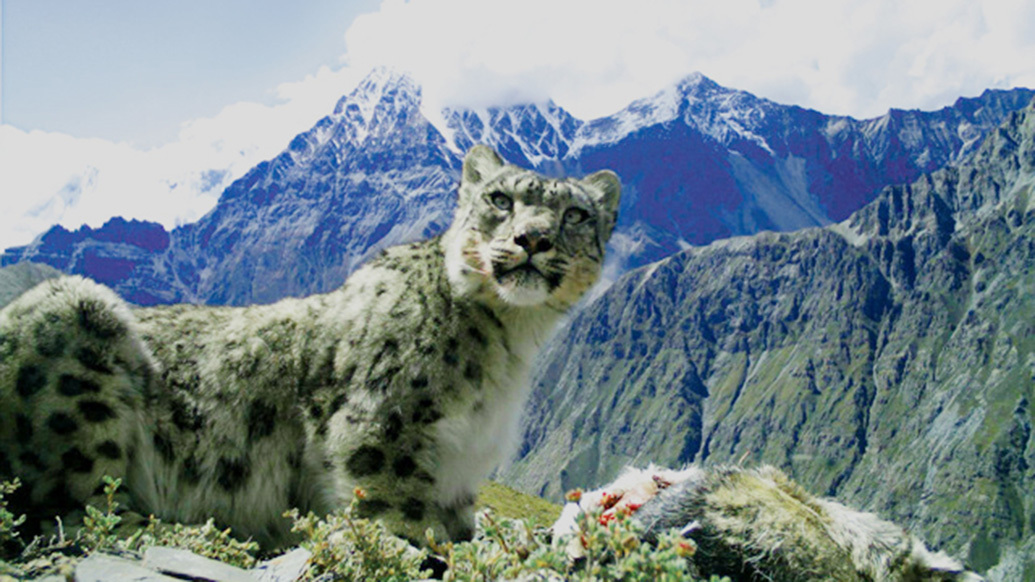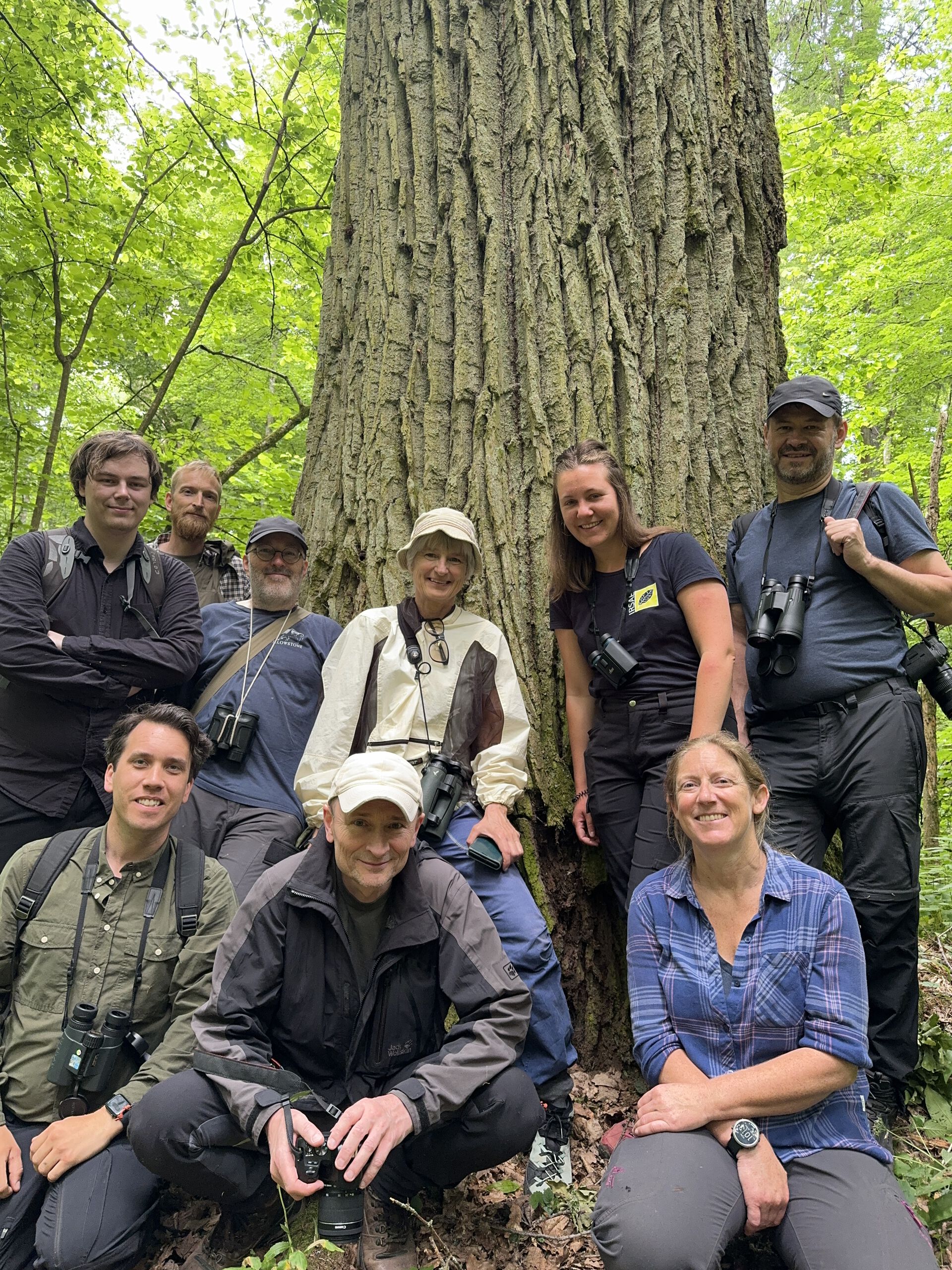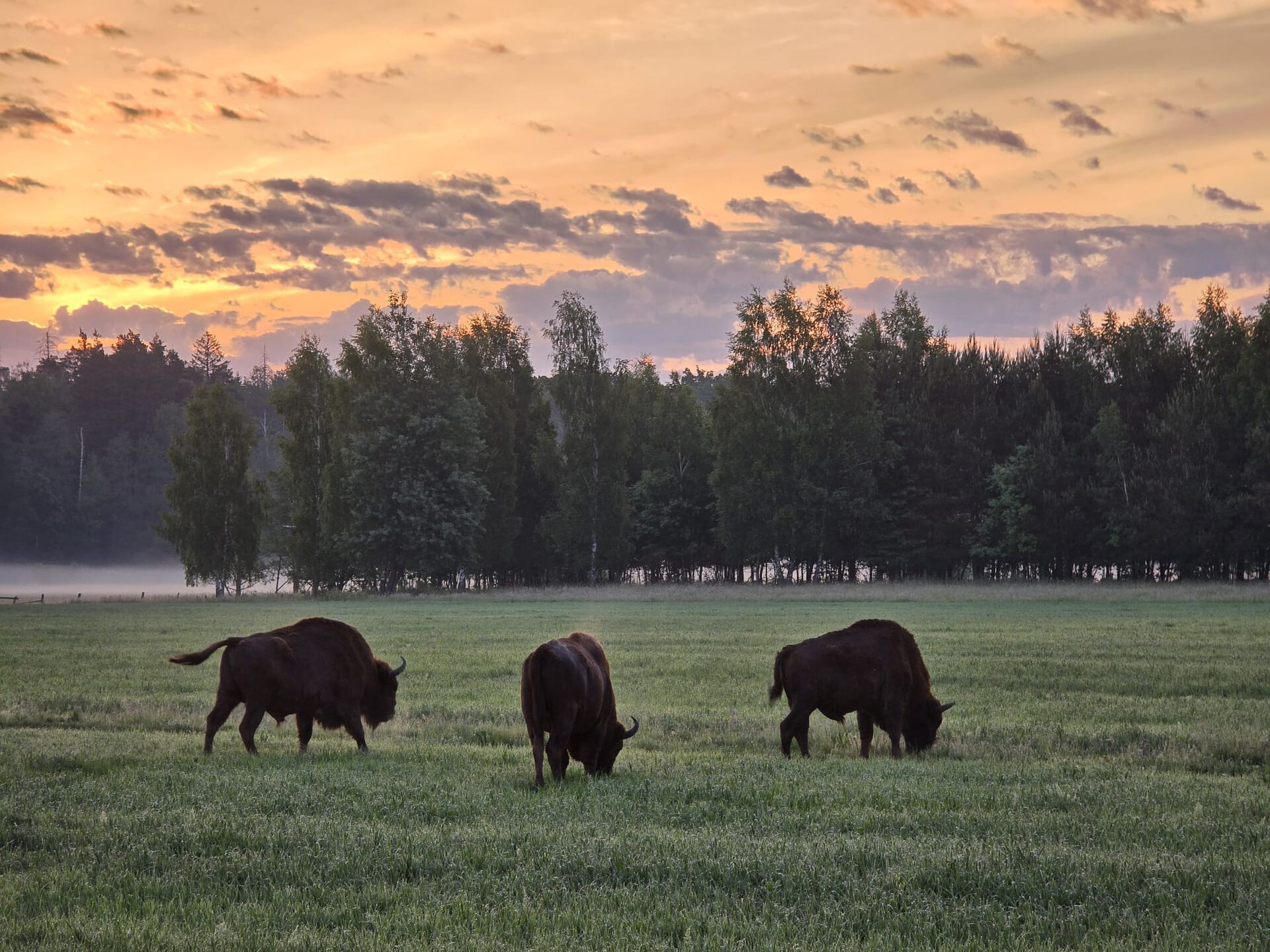Direct exploitation, habitat change, and climate change all have impacts on wildlife populations. Urbanisation and development also produce profound changes in human behaviours, practices, attitudes and values. Combined, these processes dramatically change the interactions and relationships between humans and wildlife. Finding a path towards a sustainable relationship with wildlife requires knowledge. The WILDCOM team therefore study the interactions between human activity, land use, and wildlife communities in multi-use landscapes.
WILDCOM: Wildlife communities in a changing world
The Anthropocene (the “Age of Humans”) is an era where the impacts of humans on the planet’s ecosystems are increasing dramatically.
- Affiliation:
- Faculty of Applied Ecology, Agricultural Sciences and Biotechnology
- Academic discipline:
- Nature, biology and environment

Snow leopard. Photo: Maduh Chetri
What we research
The WILDCOM team studies the interplay between human activity, land use and ecological communities in a diverse landscape. This knowledge is the basis for finding a way towards a sustainable relationship with nature.
More about the research group
The WILDCOM team conduct research within five thematic areas:
(1) The fundamental ecology of wildlife species, including behaviour and space use, community interactions like predation and competition, and population vital rates.
(2) The effects of habitat changes, like agriculture, forestry and infrastructure development, human activity, and climate change on wildlife populations.
(3) Human-wildlife conflicts
(4) The importance of wildlife for human communities, including hunter harvest, ecotourism, and the diverse ways that wildlife contributes to human well-being and livelihoods.
(5) Integrating research with education and the science-policy interface at all levels from the local to the global.
The WILDCOM team conduct comparative research on a wide range of species in a diversity of ecosystems around the world. These include:
- Boreal forest habitats in Scandinavia, with a focus on grouse species (capercaillie, black grouse, hazel grouse, partridges), large and medium size predators (lynx, red foxes, pine martens), and herbivores (roe deer, hares, small rodents). Central to these studies is the Evenstadlia Long Term Ecological Research site where we maintain long term monitoring studies, as well as conduct shorter term field research sites. The area is also actively used in our teaching programs.
- The alpine and sub alpine zones in Scandinavia, with a focus on grouse species (rock ptarmigan, willow grouse, black grouse and capercaillie) and monitoring of these species, their habitat, and interactions with other species and humans.
- The Himalayan region of Nepal, with a focus on wolves, snow leopards, and the interactions between livestock and wild herbivores like blue sheep and argali.
- Tropical forests in Nepal, with a focus on tigers, leopards, and their prey species, including hog deer, spotted deer and barking deer.
- Central Asian deserts and grasslands in Mongolia, Kazakhstan, and Turkmenistan, with a focus on Asiatic wild ass (kulan), leopards, lynx, urial and markhor.
News
WILDCOM goes to Białowieża!


Contact the research group
The research group has these contact persons:
- morten.odden@inn.no
- Phone
- +47 62 43 08 76
- petra.kaczensky@inn.no
- Phone
- +47 61 28 75 10
- simen.pedersen@inn.no
- Phone
- +47 62 43 08 43
- torfinn.jahren@inn.no
- Phone
- +47 62 43 08 47
Members
- Morten Odden (Leader)
- Petra Kaczensky (Leader)
- Torfinn Jahren (Leader)
- Simen Pedersen (Leader)
- Erica Linnea Charlotte Von Essen
- John Linnell
- Magne Neby
- Marius Kjønsberg
- Scott Michael Brainerd
- Tomas Willebrand
- Torstein Storaas
- Allan William Stokes
- Cecile Agnes Edith Carpentier
- Jennifer Angoh
- Rocio Cano Martinez
- Simen Moflag Talleraas
- Thomas Vogler
- Henriette Wathne Gelink
- Hem Raj Acharya
- Purna Bahadur Ale
- Madhu Chetri


